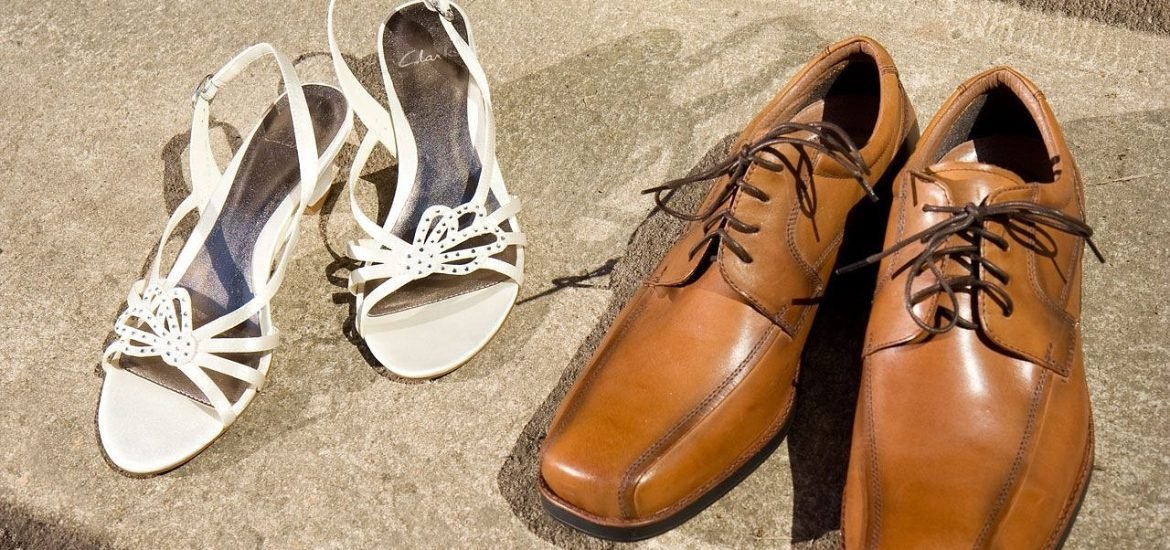
The fact that women live longer than men is deeply rooted in evolutionary biology, according to a study published in Science Advances. The authors show that this difference doesn’t just occur in humans but also in most mammals and birds.
A team of researchers led by scientists at the Max Planck Institute for Evolutionary Anthropology in Leipzig carried out the most comprehensive analysis of sex differences in lifespan across mammals and birds to date.
Around the world, women live longer than men. This striking pattern can be seen in virtually all countries and historical periods. Although the gap has narrowed due to medical advances, this study suggests this difference is unlikely to disappear anytime soon: the causes are deeply rooted in evolutionary history and can be seen in many animal species.
One genetic explanation — called the heterogametic sex hypothesis — suggests that differences in sex chromosomes cause this gap. For example, in mammals, females have two X chromosomes, while males have one X and one Y. Two X chromosomes may protect females against harmful mutations, offering a survival advantage. However, this doesn’t explain all the differences because the system is reversed in birds, and females are the heterogametic sex.
Using data from over 1,176 bird and mammal species in zoos worldwide, the researchers found some evidence to support the heterogametic sex hypothesis: in most mammals (72%), females lived longer (on average, 12%), while in most bird species (68%), males lived longer, overall by an average of 5%. Still, there was remarkable variation with many exceptions. “Some species showed the opposite of the expected pattern,” said lead author Johanna Stärk. “For example, in many birds of prey, females are both larger and longer-lived than males. So sex chromosomes can only be part of the story.”
In addition to genetics, reproductive strategies may also play a role. Males tend to have more conspicuous characteristics, such as colorful plumage, weapons, or large body size, which increase reproductive success but can shorten lifespan. This new study supports this theory: Mammals that endure intense competition to reproduce generally die earlier than females. Many birds, on the other hand, are monogamous, which means that competitive pressure is lower and males often live longer. Overall, the differences were smallest in monogamous species, while polygamy and pronounced size differences were associated with a more pronounced advantage for females.
Parental care also plays a role. The team found that the sex that invests more in raising offspring—in mammals, this is often the females—tends to live longer. In long-lived species such as primates, this is likely to be a selective advantage: females survive until their offspring are independent or sexually mature.
Lastly, there is the idea that environmental factors—such as predation, pathogens, or harsh climates—increase the gap between males and females. To test this idea, the researchers turned to zoo populations, where these pressures don’t exist. The authors found that lifespan gaps persisted even with protected conditions. The gaps were smaller in zoos compared to the wild, but rarely disappeared. This is the same in humans, where medical advances and living conditions have narrowed but not eliminated the lifespan gap.
Overall, the findings suggest that sex differences in lifespan are rooted in evolutionary processes—shaped by sexual selection and parental investment and that genetic differences in the sex determination system may play a role. Environmental factors reduce the differences, but don’t eliminate them. The differences between the sexes are not only a product of the environment, but part of our evolutionary history – and will continue to exist in the future.
Johanna Staerk et al., Sexual selection drives sex difference in adult life expectancy across mammals and birds.Sci. Adv.11,eady8433(2025).DOI:10.1126/sciadv.ady8433